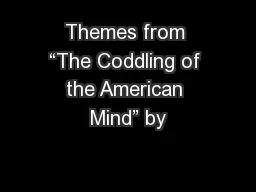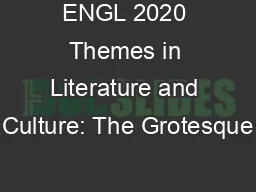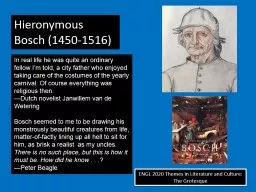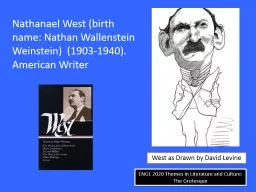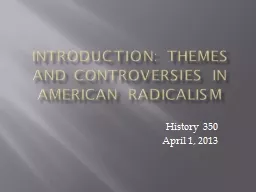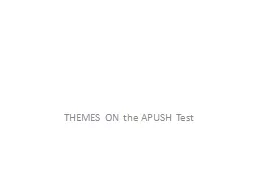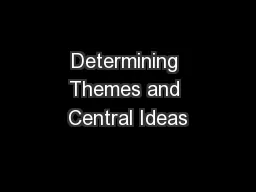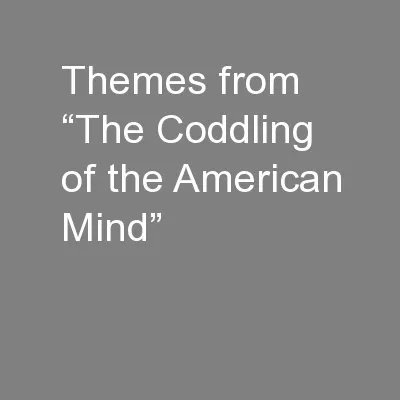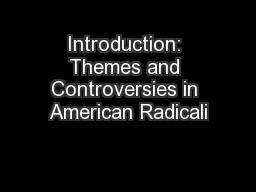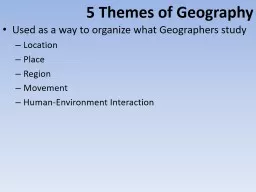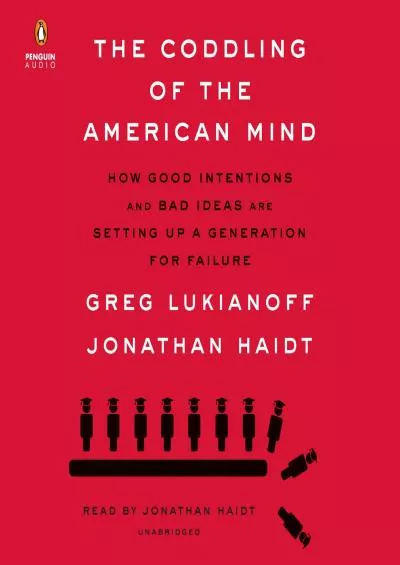PPT-Themes from “The Coddling of the American Mind” by
Author : danika-pritchard | Published Date : 2016-09-17
Greg Lukianoff and Jonathan Haidt Written produced and directed by Angat Chahal Ethan Cook Bernie Pimentel Kerry Smith Emily Wang THEMES Vindictive Protectiveness
Presentation Embed Code
Download Presentation
Download Presentation The PPT/PDF document "Themes from “The Coddling of the Ameri..." is the property of its rightful owner. Permission is granted to download and print the materials on this website for personal, non-commercial use only, and to display it on your personal computer provided you do not modify the materials and that you retain all copyright notices contained in the materials. By downloading content from our website, you accept the terms of this agreement.
Themes from “The Coddling of the American Mind” by: Transcript
Download Rules Of Document
"Themes from “The Coddling of the American Mind” by"The content belongs to its owner. You may download and print it for personal use, without modification, and keep all copyright notices. By downloading, you agree to these terms.
Related Documents

